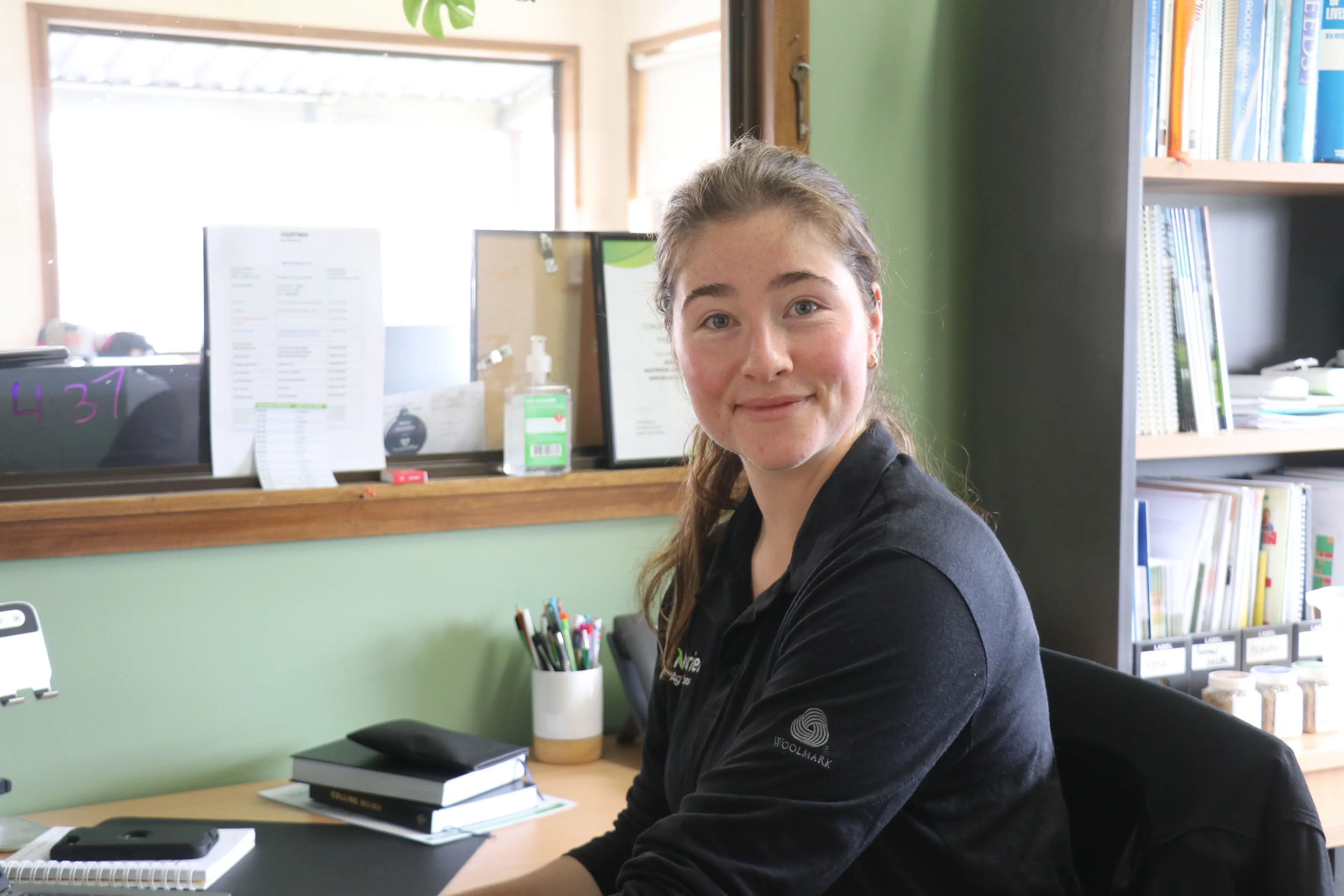PHOTO
40664.0
By IMOGEN MCGRATH, NUTRIEN AG SOLUTIONS AGRONOMIST
After another string of freezing mornings across the Monaro in the final week of October, you could be forgiven for refusing to place hope in an optimistic rainfall forecast for summer.
On the back of poor autumn rainfall at the start of the year, winter delivered below average rain across both our plains and slopes.
There were a few pockets in the high country seeing snow and moisture through the cold months, and chances of rain increasing with proximity to Bombala and Delegate.
This means, for much of the central and northern Monaro, soil moisture levels are potentially at their lowest in five years.
Moisture stress is an interesting beast in regards to our most valuable paddocks, pasture and lucerne in particular.
In short, water moves into the plant from the soil most easily when the soil around plant roots is moist.
As the soil dries out, plants spend some of their energy trying to extract the remaining water from their environment, and this usually changes internal processes.
One such change is the decrease in photosynthesis, resulting in higher ratios of sugars in the leaf.
This is partly to blame for our recent explosion of aphid populations – insect pests thrive in pasture and fodder paddocks where plants of all kinds are moisture stressed.
Hay sheds, on the back of a poor 2024/25 hay season on the Monaro, have been further depleted through winter, which is particularly alarming given the lack of vigour in many local lucerne paddocks at the moment.
Areas in the central and southern grain growing region in NSW are cutting frosted cereal and canola currently, which might provide a slight injection of hay into the market. But relying on bought feed should never be the game plan.
So how do we move forward and what can you do to set yourself and your farm up for healthy pastures in the new year? It’s simple, start planning now.
November is the perfect time to have a chat with your agronomist about your seed requirements for the following autumn. Harvest of cereals, pasture grasses, legumes and fodder crops is about to begin in northern areas, with forward orders for cereals particularly critical this season.
Cereal grain has been expensive and in short supply for the last two years now, with 2026 shaping up to be much the same. So it’s first in, first served if you plan on sowing cereal next year.
Take the time to assess your project paddocks for weeds and insect pests, and allow these paddocks to fallow over summer. This not only breaks the weed cycle and can disrupt pest insect habitat, but fallowing paddocks over summer can also reduce the risk of soil borne diseases to new cereal or pastures.
Reducing weeds now maximises the availability of soil water at sowing time next year.
As always, continue to monitor paddocks as the weather warms up. Watch your ladybird populations and keep an eye out for crows digging in pasture paddocks.
And if you need a second opinion about what’s what in the paddock, reach out to your agronomist.
We’re here to help you set next season’s plan in place, if only we could also call the rain gods.





